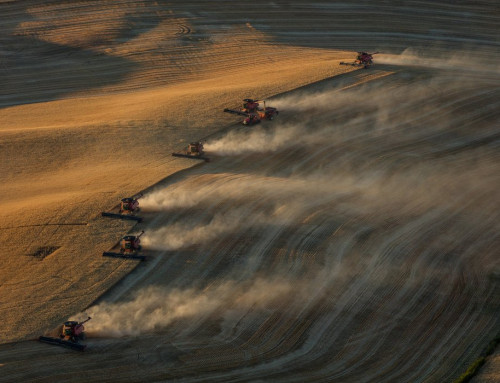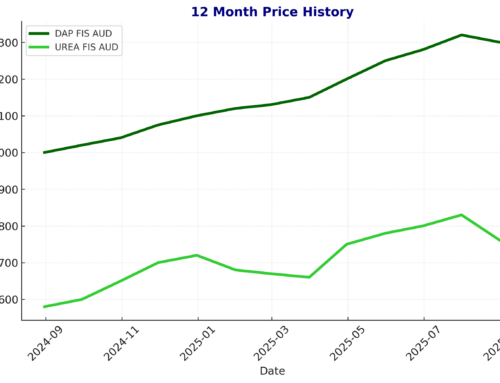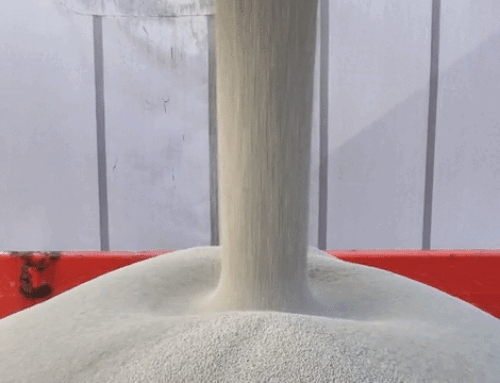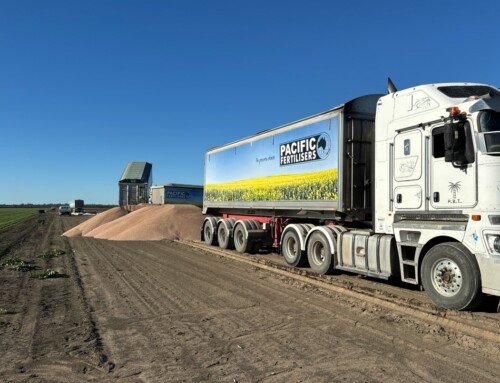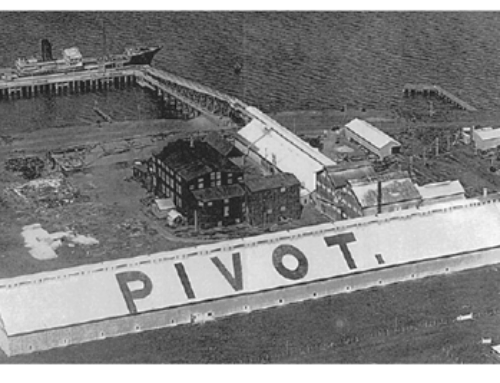Fertilisers have an essential role in feeding a growing global population. Nitrogen and phosphorous based fertilisers are used by farmers and croppers throughout the world to grow food and pastures for livestock.
Fertiliser is a large input cost for the farmers with the government’s ABARES coming up with the following average figures:
- ~ 10 per cent of a cattle farmer’s annual cash costs are used on fertiliser,
- ~ 16 per cent of a sheep farmer’s expenses are used on fertiliser, and
- ~ 33% of a cropper’s bills are used on fertiliser
While this seems like a large percentage of costs, farmers buy fertiliser to for increase yields and return per hectare.
According to a recent report by the United Nations, the world will need to grow 70% more food, as measured by calories, to feed the global population of 9.6 billion in 2050. So the agriculture industry faces a great challenge and opportunity to sustainably increase food security and improve how we look after the agricultural land.
Pacific Fertiliser continues to look at sustainable/organic fertilisers alternatives and the industry is working together on increasing mainstream fertilisers efficiencies. Australia is right up there in the world when it comes to fertiliser efficiencies in Agriculture.
Some interesting graphs below on how fertiliser helps feed the world.

Source: EIP-AGRI FG19 Starting Paper 2016



